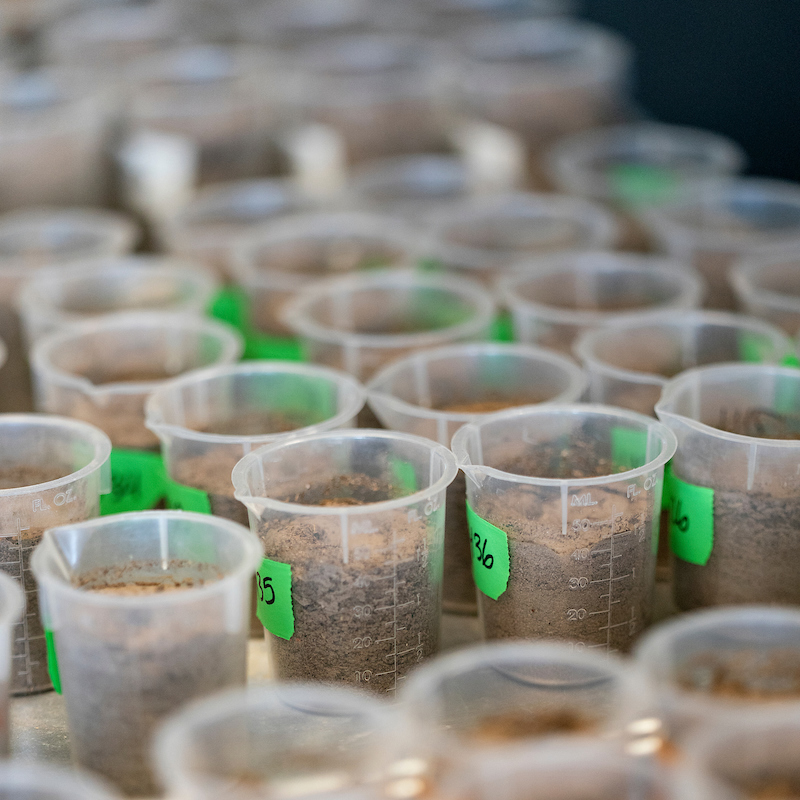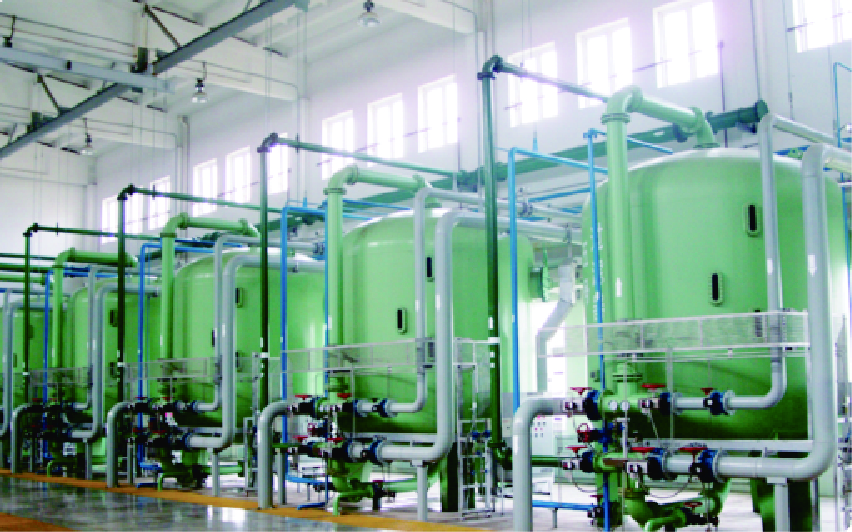
News
Mar . 22, 2024 16:21 Back to list
chelant fertilizer-ESSENTIAL NUTRIENTS FOR PLANTS
ESSENTIAL NUTRIENTS FOR PLANTS

To be able to grow, develop, and produce at their best, plants must have specific elements or compounds called plant essential nutrients.
A plant that lacks an essential nutrient cannot complete its life cycle—the seed may not germinate; the plant may not be able to develop roots, stems, leaves, or flowers properly; or it may not be able to produce seeds to create new plants. Often the plant itself will die.
However, having too much of a nutrient can harm and even kill plants. For example, having too much nitrogen can cause a plant to grow more leaves but less or no fruit. Too much manganese can make the leaves turn yellow and eventually die. And excess boron can kill a plant.
You can save money and effort—and even your plants— if you know what and how much to give your plants. The plants will be healthier and more productive if you give them what they need—no more and no less.
Plant essential nutrients
Scientists have identified 16 essential nutrients and grouped them according to the relative amount of each that plants need:
- Primary nutrients, also known as macronutrients, are those usually required in the largest amounts. They are carbon, hydrogen, nitrogen, oxygen, phosphorus, and potassium.
- Secondary nutrients are those usually needed in moderate amounts compared to the primary essential nutrients. The secondary nutrients are calcium, magnesium, and sulfur.
- Micro- or trace nutrients are required in tiny amounts compared to primary or secondary nutrients. Micronutrients are boron, chlorine, copper, iron, manganese, molybdenum, and zinc.
A very few plants need five other nutrients: cobalt, nickel, silicon, sodium, and vanadium.
Each essential nutrient affects specific functions of plant growth and development (Table 1). Plant growth is limited by the nutrient that is in the shortest supply (Fig. 1).
High-performance set retarder for calcium sulfate(gypsum) Retarder - HN150P
Forms of essential plant nutrients
To be used by a plant, an essential nutrient must be broken down into its basic form. The nutrient must be in the form of either a positively charged ion (cation) or a negatively charged ion (anion). A plant cannot use organic compounds, such as those in manure or dead leaves, until they are broken down into their elemental or ionic forms.
Also, plants cannot use an element that is not in the proper form (a specific ion) even if it is present in high concentrations in the soil. For example, the presence of iron (Fe) in the soil will not guarantee that enough of the proper iron ions, Fe2+ or Fe3+, will be available to the plant.
Plants take in almost all of the essential nutrients through their roots. The exception is carbon, which is taken in through leaf pores, or stomata. Two types of organisms living in the soil help the roots take up nutrients:
- Microorganisms, or microbes, break down organic compounds into inorganic compounds in a process called mineralization.
- Fungi enable some plants to take up phosphorus by increasing the size of the roots and providing more soil-to-root contact.
Determining available nutrient levels in the soil
It is hard to tell whether the soil has a nutrient problem just by looking at the plants. Symptoms vary by nutrient and plant species. Common symptoms include:
- Little or no growth
- Dead tissue at the leaf tips, on the leaf edges, or within the leaves
- Yellow or dead leaves on one part of the plant only
- Overall leaf yellowing, yellow streaks, or white between the leaf veins
Before spreading any fertilizer—organic or inorganic— check for other possible causes of the problem. Similar symptoms can be caused by diseases, insects, herbicides, compacted soil, and wide changes in soil moisture levels.
-
Polyaspartic Acid Salts in Agricultural Fertilizers: A Sustainable Solution
NewsJul.21,2025
-
OEM Chelating Agent Preservative Supplier & Manufacturer High-Quality Customized Solutions
NewsJul.08,2025
-
OEM Potassium Chelating Agent Manufacturer - Custom Potassium Oxalate & Citrate Solutions
NewsJul.08,2025
-
OEM Pentasodium DTPA Chelating Agent Supplier & Manufacturer High Purity & Cost-Effective Solutions
NewsJul.08,2025
-
High-Efficiency Chelated Trace Elements Fertilizer Bulk Supplier & Manufacturer Quotes
NewsJul.07,2025
-
High Quality K Formation for a Chelating Agent – Reliable Manufacturer & Supplier
NewsJul.07,2025

